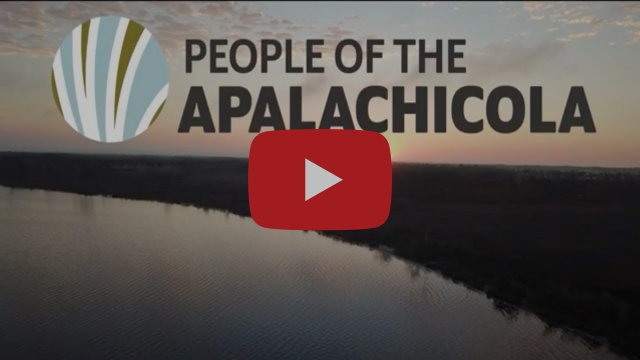We can’t believe the time has already come: June is the beginning of the end of our fieldwork for the “People of the Apalachicola” project! Over the last six months, we’ve been monitoring and documenting 15 archaeological sites three times each. June provided our last opportunity to visit nine of those sites; July will be the last opportunity we have to visit the other six. Although the fieldwork is drawing to a close, the work continues as we start to pull together data from the field, our “Community Conversations on Heritage at Risk” feedback, and our online Qualtrics survey results. All of this data will then be analyzed, synthesized, and shared with our community partners and anyone else interested in the outcome of the research.
To keep you informed, here’s a recap of our work during the month of June:
The team was joined by Emily Jane Murray, Public Archaeologist for the Florida Public Archaeology Network’s Northeast Region, to assist with fieldwork.
Interns and staff from the Apalachicola National Estuarine Research Reserve joined us in visiting most of our sites during the week, providing their expertise and insights on the area.
With permission from our U.S. Forest Service colleagues, we visited Prospect Bluff Historic Sites to conduct fieldwork while honoring the Juneteenth holiday. We celebrated the nationally significant history of the site and the many freedom seekers who fought for their rights there between 1814-1816.
Despite a blustery start that kept us off the water, the team successfully monitored nine sites on the priority list throughout the Apalachicola National Estuarine Research Reserve, utilizing photography, photogrammetry (to produce 3D models), and an Arrow Gold RTK GNSS Receiver (for hyper-accurate shoreline measurements.














No comments:
Post a Comment